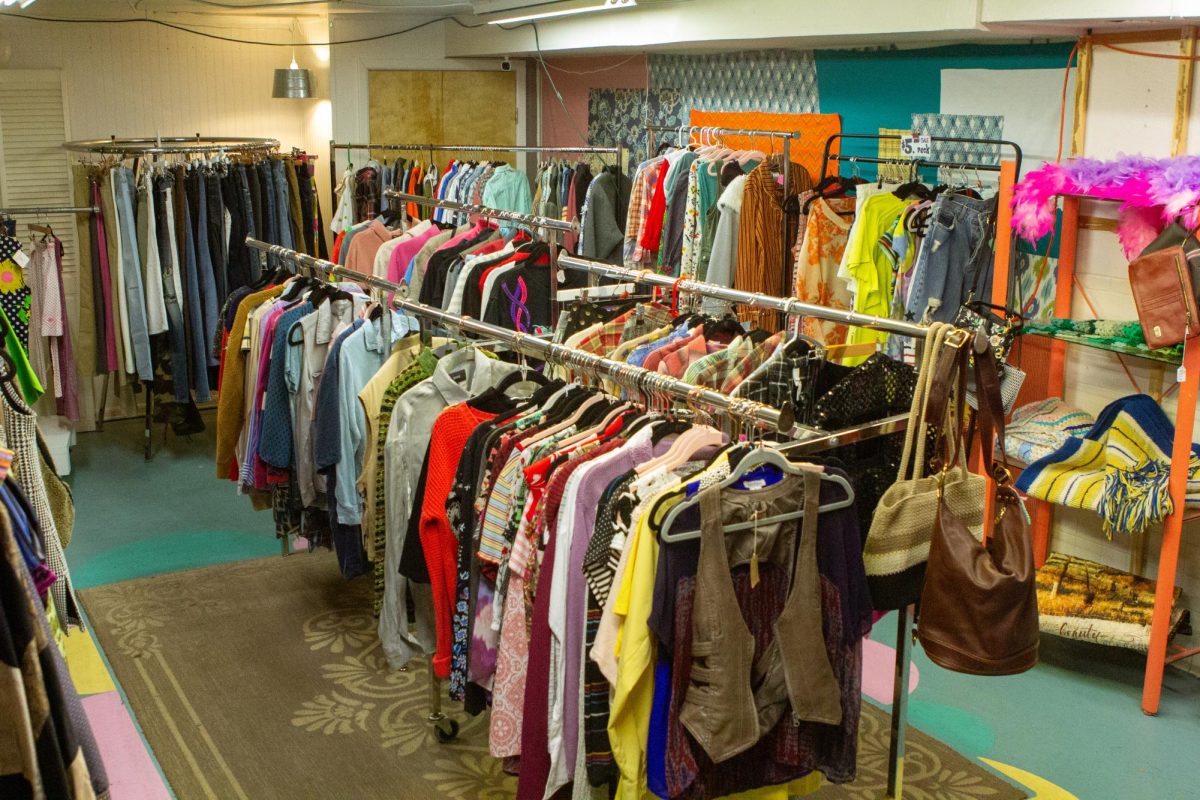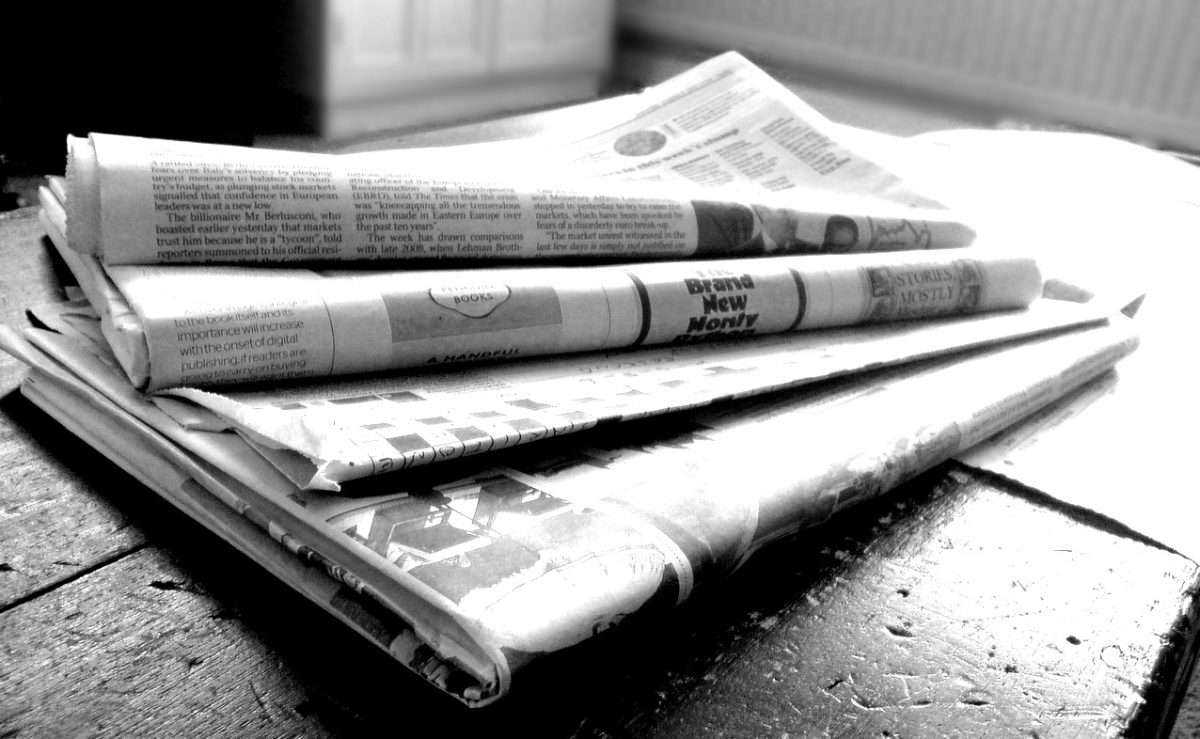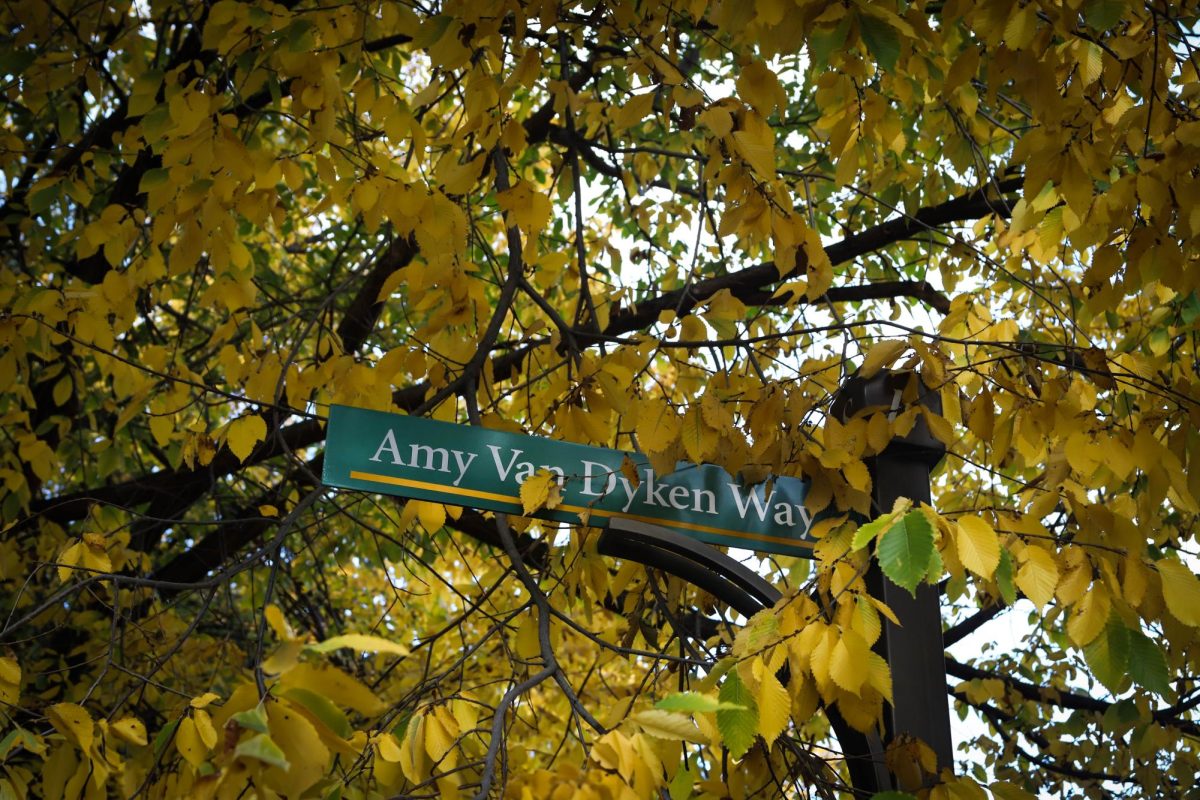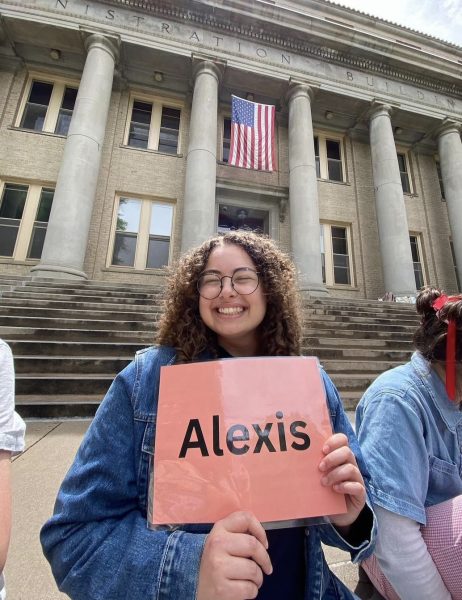The familiar thud of the morning newspaper hitting a front door used to be the modern rooster crow of the American suburb. “Black and white and read all over” wasn’t just a corny joke, but an accurate description of the state of print media. As journalistic empires like the New York Times, and the Washington post, made their way into homes, Americans were able to receive news about their government, their laws, and what movies are playing in cinemas.
Now, newspaper stands sit dormant and magazines go untouched. People shy away from print in exchange for the newest and easiest thing. Direct, customized for you, news straight to your phone.
The term “print is dead” plays like a nightmarish taunt in aspiring journalists’ ears. Like all nightmares, there is some underlying truth to the statement. Physical media as a whole is slowly losing the battle to its digital competition.

I sat down with Allie Seibel, the editor in Chief of ‘The Collegian’ to see what she had to say about the changing world of print, and what that means for journalism as a whole.
The Collegian published its first-ever paper in 1891, making it one of the longest-running student newspapers in the West. The paper has gone to print for almost as long as Colorado State University has been around. Print runs through their bones.
“I do not believe that print is dying, I believe that print is changing,” Seibel said. “There has been a resurgence of print media, especially in colleges, through nonprofits. I believe that professional development as well as the respect that learning the ways of print media gives the next generation, is crucial to our success in the field.”
The process of ‘going to print’ is significantly different than that of producing an online story. It’s one of organization, continuous editing, and strict deadlines. There’s an almost euphoric feeling of seeing your name in print vs seeing it on a screen. It’s real. It’s tangible. It’s yours.
“There is a lot of power in a physical product,” Seibel said. “It’s something we all enjoy and value when it comes to the print products at Rocky Mountain Student Media. I’ve had sources and contacts frame the print paper as gifts for people who they’ve worked with whose work was highlighted in the paper. I have decorated bedrooms and offices with taped-up print papers, and have been known to hug a copy that includes a story I’m particularly proud of. Physical products make the work we do tangible … I see the future of media evolving, but the power and importance of legacy media will remain.”
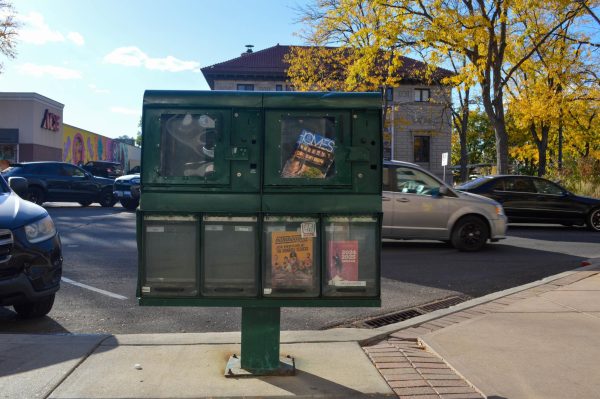
The idea that you don’t own something until you physically own it, has recently become a popular topic of conversation. As the age of digital streaming allows for services to have monopolies over media and continue to raise their pieces, the want for physical media becomes a need to preserve it.
As distrust in the media grows so does the ability to get stories published. With a loss of print journalism, and its inherently strict rules and procedures, everyone can be a journalist as long as they have a story to tell and their phone in hand. On paper that sounds like a positive, but in execution, news and information has become less regulated.
“I think the distrust in the media is indicative of the rise of citizen journalism and social media, as well as politics these days,” Seibel says. “I think that legacy print media was a cornerstone of a time where journalists were trusted a lot more by the public, and that the task for the next generation of journalists is to aspire to earn a similar level of trust … both in print and digitally.”
As we continue to ‘kill print’, it’s vital that ethical journalism is not lost with it. You no longer need a printing press to get a story out there. But with that freedom comes the knowledge that something might have been written by an untrustworthy source.
“The power of the free press, and the press’ ability to bring to light truths and share stories of the everyday man is an incredibly powerful thing,” Seibel said. “The responsibility of journalists is something that is grave and very serious. We have the power to harm and to help, and oftentimes, a story toes the line of doing both. It is up to us to make sure that the harm outweighs the hurt, and that we are fair, accurate, unbiased people.”
Student journalism allows for real-world training in journalistic integrity and processing while fostering a collaborative environment between mediums. If there is a substantial loss of print then we need to ensure that we’re training incoming journalists to still follow necessary ethical guidelines.
Physical media is not a lost art. It’s a vital medium that demands to be preserved.
















